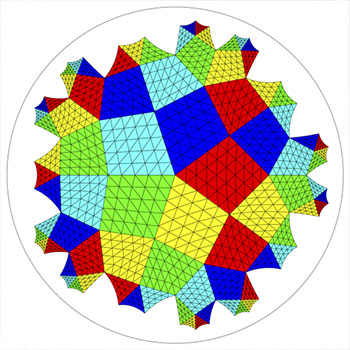How do I calculate the molarity and percentage of acetic acid in vinegar?
A particular brand of vinegar claimed to 4.3% acetic acid (4.3g/100mL acetic acid). 10mL of the vinegar was diluted to make a 100mL solution.
The claim was tested using a titration where 16mL of 0.1M sodium hydroxide was needed to neutralize 25mL of the 10% vinegar solution. Calculate the molarity (moles/L) and the percentage (w/v, ie – g/100mL = %) of acetic acid in the original vinegar. Comment on the 4.3% claim.
A particular brand of vinegar claimed to 4.3% acetic acid (4.3g/100mL acetic acid). 10mL of the vinegar was diluted to make a 100mL solution.
The claim was tested using a titration where 16mL of 0.1M sodium hydroxide was needed to neutralize 25mL of the 10% vinegar solution. Calculate the molarity (moles/L) and the percentage (w/v, ie – g/100mL = %) of acetic acid in the original vinegar. Comment on the 4.3% claim.
1 Answer
Explanation:
First, you want to start by using the titration information to find the molarity of the acetic acid.
Where 1 is the acetic acid and 2 is the sodium hydroxide. The product of molarity and volume of the sodium hydroxide provides the moles of the solution and the moles are equal in the acetic acid when completely titrated.
Since the titration occurred with 25 mL of the 10% solution, the moles calculated were only a quarter of all the moles in the whole 100mL. You will want to multiply the moles calculated by 4 to get moles of acetic acid in the 100mL of 10% solution. Then by dividing these moles by the volume of original acid that was diluted into 100 mL (because the moles of acetic acid all came from the 10 mL of vinegar), the molarity of the acetic acid can be found.
Going back to moles, you can calculate the mass of acetic acid in the solution by multiplying the moles by the molar mass of the acetic acid (

